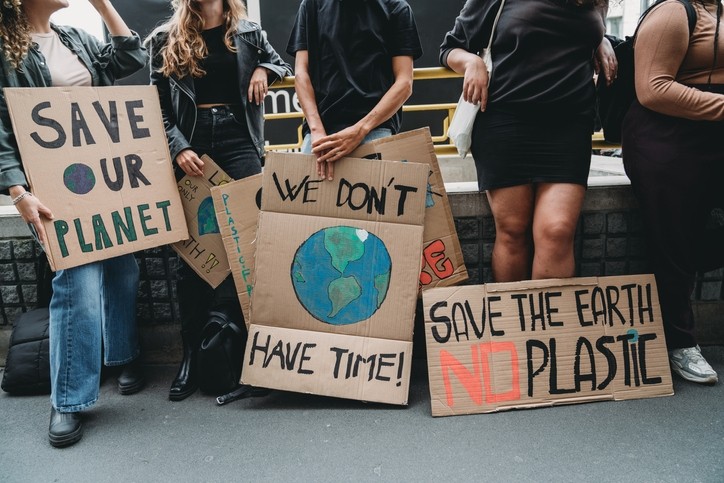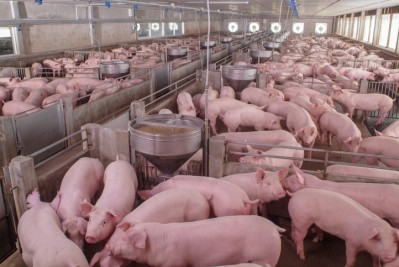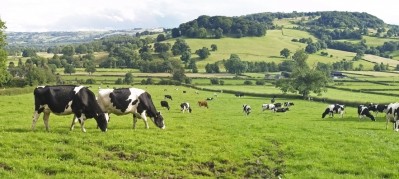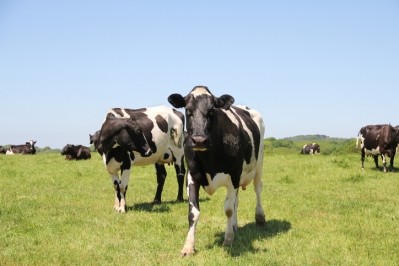Livestock giants could see $24bn in climate change linked operating losses in 2030

Those climate change linked cost rises could see some of the largest livestock producers globally record $23.7bn overall in EBIT decreases in 2030 compared to 2020 unless they adopt new strategies, warned the organization.
Its newly updated Coller FAIRR Climate Risk Tool illustrates how climate scenarios could impact the cost and profitability of 40 meat and dairy companies.
Working with three distinct climate scenarios based on IPCC and NGFS - High Climate Impact, Business as Usual, and Net Zero Aligned – the tool shows how each scenario could impact the cost and profitability of large livestock players. The underlying model focuses on three material climate-related costs - carbon tax, feed costs and heat stress; it looks to provide investors with a critical lens to assess how these costs may affect them in future.
"By leveraging the tool, investors can make informed decisions to better identify climate-related risks and opportunities in their investment portfolios."
Companies at risk
Companies at risk of losses include Brazil’s JBS, Tyson Foods in the US, the China based WH Group, which owns Smithfield. and US egg producer, Cal-Maine.
North America would be the region hardest hit with companies seeing profit margins fall by 11% on average, found FAIRR.
Plans to mitigate rising feed costs
Climate change will impact agricultural production, contributing to higher feed prices which account for 5% of the cost rise, with expected carbon taxes on emissions from livestock production making up 4%, reported FAIRR.
Pigs and chickens are more reliant on feed in production than cows. But cows are the highest emitting livestock, so companies producing beef and dairy are more exposed to carbon taxes. Regionally, climate impacts on feed prices will differ, and some regions are expected to introduce carbon taxes before others and at different rates, reads the report.
Only 11 out of the 40 companies tracked have disclosed how they plan to mitigate risks from rising feed costs through either data tracking, sourcing diversification or substituting alternative feed ingredients, while just six out of the 40 have published a climate scenario analysis, widely regarded as a useful tool for planning effective climate risk mitigation strategies, said the authors.
FAIRR is calling on companies to disclose information on climate scenario analysis, and to develop more robust climate mitigation and adaptation strategies.
“The allure of investing in meat and dairy could be approaching expiration unless companies take action to address climate change” said Jeremy Coller, chair and founder of FAIRR.
Reaction
Tovia Rosner, portfolio analyst, Allianz Global Investors, noted:
“FAIRR’s new climate risk tool sets a new standard for assessing climate risk in the food industry, providing investors with better insights into material risks faced by companies. This data will further strengthen our engagements with companies on climate mitigation and adaptation strategies by showing additional proof points and helping us to hold companies accountable.
“Data on how rising feed prices and carbon taxes may impact the profitability of global meat and dairy companies is important for financial institutions working to ensure robust and resilient portfolios.”
There is increasing recognition that climate-related risks can have a financially material impact on companies, added Rebecca White, CFA, responsible investment, Newton Investment Management.
“However, it can be challenging to analyze such risks, in part given the complexity and uncertainty in climate science, and difficult to gauge their investment implications. FAIRR’s climate-risk model should help investors to integrate the risks into investment decisions and stewardship activities, through the lens of physical and transition risks.”
Also weighing in on the tool was Stefan Frank, senior research scholar, International Institute for Applied Systems Analysis (IIASA) saying that the livestock sector must undergo a radical transformation to reduce emissions intensities and mitigate the well-known environmental and climate impacts of production. “The faster and more ambitious we act now, the smoother the transition can be.’
FAIRR has produced a model that sheds new light on the complex relationship between the future economics of livestock production and climate change, according to Philip Thornton, International Livestock Research Institute Emeritus Fellow, and Working Group II Lead author of the IPCC’s Sixth Assessment Report.
“Investors, food producers and policymakers alike must take serious note of the potential for supply chain disruption caused by climate change – and take steps to mitigate the impact on global food supply.”









